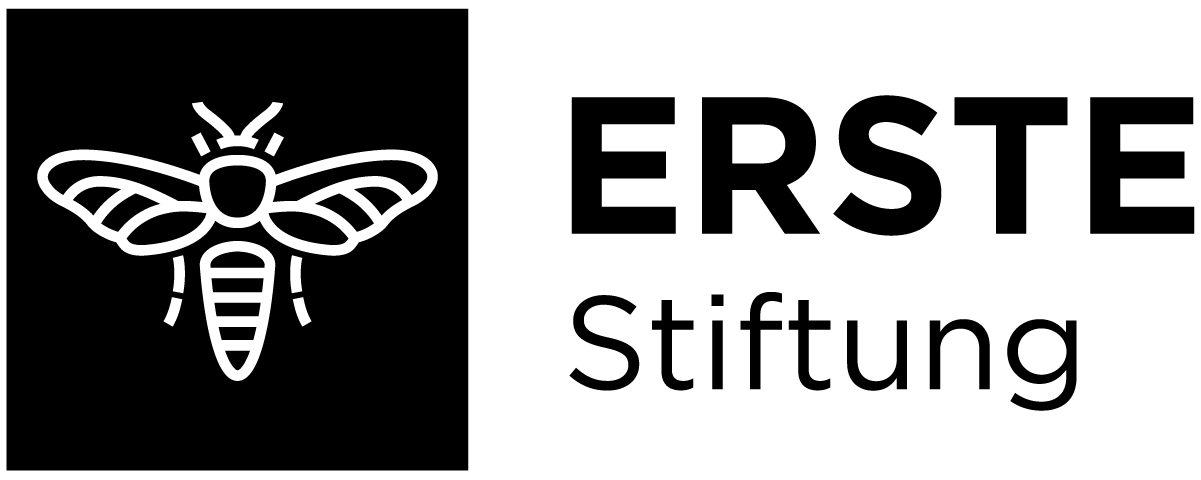co/rizom incubator is guiding amazing artisans, designers and business professionals in developing their collections for a global audience. focus on series will allow you to get to know better the people behind the PODs. This edition is dedicated to Coexistence is the essence: Contemporary design meets traditional arts and crafts from Nepal. The POD will show a variety of handicrafts made in Nepal by connecting the skills in producing textile posters/wallhangings. |


| What attracts you to the material you chose for the process? We started weaving because we are attached to nature. We dwelled here for a very long time and our ancestors lived here. We learned to mingle with nature and adapt to it. To make it cultural, our ancestors practiced this for a long time and we call weaving a part of our culture and everyday life. What is an emotion connected to this collection? Emotion is for us not in the final object – it is in the making. We work with fibres – impact of the universe. |

| Mareike Lienau designs knotted objects and unique carpets that fuse an avant-garde design approach with traditional craftsmanship. All her textiles are handmade in a fair trade project in Nepal, using socially and environmentally responsible materials and processes. How did you start working as a designer? I started to acquire in-depth knowledge of the art of rug making more than 13 years ago. My passion for traditional craftsmanship and my high standards in terms of fair, socially responsible and eco-friendly manufacturing led me to Nepal, where I found a workshop that produces the rugs by hand, in the superlative quality that I require. The wool is spun by hand, dyed using the traditional Pot Dyeing technique, with dyes made from vegetable matter such as bark, roots, flowers, indigo, fruit skins, etc., and is knotted by hand. A rug made like this is an authentic one-of-a-kind piece, has a story to tell, and allows its owner to establish a long-lasting relationship with it. What is an emotion connected to this collection? Hope : connectedness : in between. What would be the dream, professionally speaking? Many people don’t really relate to products anymore. Mass production has led to today’s throwaway society. I want to make a small contribution towards raising people’s awareness, prompting them to think about products, the way they are produced, the resources involved, as well as the values behind this whole process. What is the biggest challenge for your profession, in the future? An awareness of the positive effects of fair trade, connecting artisans to their deep culture and re-fostering the connection to nature. |

| Marie Ange designs functional and home decor objects to be handcrafted by artisans of the world. Her brand, Pia, is based in Nepal and works with coppersmiths, weavers, potters and wood artists to create contemporary objects that have their place in today’s lifestyle. What does the word ”craft” bring to mind? Craft is a beautiful word that suggests tradition, ancient manual skills, empirical knowledge and an intimate connection with materials. What is the biggest challenge in the design process? Finding a common language with artisans (makers) to interpret and execute my designs with the skills and materials at their disposal. Describe the co/rizom incubator in 3 words: Thought provoking, structured and methodical. What is the biggest challenge for your profession in the future? And the biggest opportunity? The biggest challenge is the diminishing pool of skilled artisans. Less and less people want to work with craft because of societal and financial pressures and fierce competition from the mass-produced market. The biggest opportunity is a growing recognition worldwide of the importance and beauty of traditional crafts and a willingness to incorporate handcrafted products in today’s lifestyle. |
